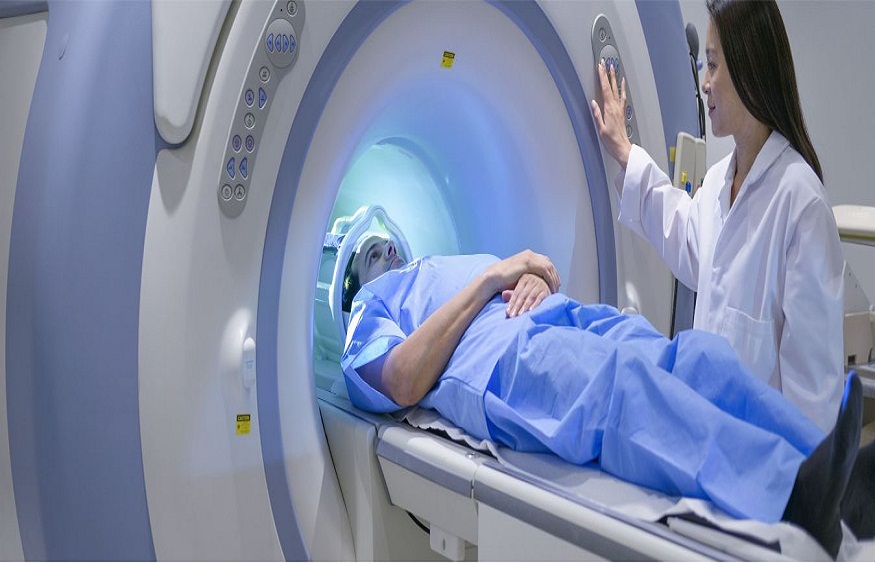Radiologists’ Contribution To Emergency Medicine
Radiologists play a key role in emergency medicine. Their expertise aids in fast, accurate diagnoses. This ensures timely and effective treatment. With advanced imaging, they can pinpoint issues that might otherwise go unnoticed. For example, specialized procedures like cryoablation colorado have become vital in treating certain emergencies. Their work often marks the difference between good and bad outcomes. Understanding their contributions helps us appreciate the full scope of emergency medicine.
The Role of Imaging in Emergencies
In the high-pressure environment of an emergency room, every second counts. Radiologists use tools like X-rays, CT scans, and MRIs to provide clear insights into a patient’s condition. These imaging technologies allow for a complete picture of injuries or illnesses that might not be obvious. X-rays reveal fractures or lung issues. CT scans can show internal bleeding. MRIs offer a detailed view of soft tissues. Each tool serves a unique purpose, making them indispensable in emergencies.
Quick and Accurate Diagnoses
Speed and accuracy are vital in emergency medicine. Radiologists excel in both. By delivering swift assessments, they help guide the medical team in making decisions. This collaboration ensures that patients receive the most appropriate care promptly. A fast diagnosis can mean a quicker path to recovery and, in some cases, can save lives. The presence of skilled radiologists in an emergency setting thus becomes a cornerstone of effective treatment.
Advanced Procedures Enhance Care
Beyond diagnostics, radiologists perform advanced procedures. Techniques like cryoablation are used to treat tumors and manage pain. These procedures are less invasive than traditional surgery, leading to faster recovery times. A key advantage is their ability to target specific areas, minimizing damage to surrounding healthy tissue. The precise nature of these treatments demonstrates the evolving role of radiology in emergency care.
Comparative Impact of Imaging Technologies
| Imaging Technology | Key Uses | Advantages |
| X-Ray | Bone fractures, chest issues | Quick, non-invasive, cost-effective |
| CT Scan | Internal bleeding, complex fractures | Detailed, comprehensive views |
| MRI | Soft tissue evaluation | High-resolution images, no radiation |
Radiologists as Part of the Emergency Team
Radiologists work closely with doctors and nurses in emergencies. This teamwork ensures that every patient gets the best care possible. By interpreting images and providing consultations, radiologists help shape treatment plans. Their input is valuable in both routine cases and rare conditions. This collaboration reflects the importance of a multidisciplinary approach in emergency medicine.
Future Directions and Innovations
Radiology continues to evolve with technology. Innovations in imaging are making procedures faster and more accurate. Artificial intelligence is starting to play a role in interpreting images, providing another layer of support for radiologists. These advancements promise even greater contributions to emergency medicine. As technology progresses, the radiologist’s role will expand, enhancing patient care and outcomes.
For more information on radiology and its impact on healthcare, visit the National Institute of Biomedical Imaging and Bioengineering and the MedlinePlus MRI Overview.

